One of the common issues that amateur or newbie photographers often have is deciding which photos to include in their portfolio or website. The great thing about photography is that it is subjective, and every person will have different ways of assessing if they like a photo or not, doing an image critique.
You should always aim to photograph what you enjoy with your own unique style and vision. But sometimes, especially if you are looking to earn money from your images, you will need to consider other people’s tastes and needs. Here is a quick guide on how to know if your photo is good or not.

1. Is it Technically Good?
Different photographers have different workflows, but often for most, it starts with actually checking if a photo is technically good because let’s be honest, a blurred or poorly focused photo isn’t going to make it into your portfolio.
So a good first step when evaluating a particular photo is checking that it is sharp with good tonal range, good contrast between shadows and highlights and focused correctly on the right part of the scene.
Of course, there might be occasions when a photo might be slightly off in terms of focus, for example, but it still works and if you want to showcase it in your portfolio that’s fine. But the majority of the time, a blurred photo can be discounted.

Image not sharp and not completely in focus.
2. Is it Missing Something?
Sometimes you can look at one of your photos and you can tell that it is missing something.
It might be a quiet cobbled street that just looks empty without a person in the shot. Or it might be a landscape image that’s missing a point of interest. These are the type of photos that you look at and think, “I wish I had done this” or “if only there was something or someone in that spot”.
If you think that about one of your images, then it’s probably missing that certain something that would make it a great photo.

Whilst it’s a nice landscape and sunrise, there is no point of interest. Would have improved with a boat in the lake or similar point of interest.
3. The Stop Test
One of my favorite tests when I edit a collection of my photos is what I call the “stop test”. As you flick through one of your galleries of photos – whether that’s on your smartphone, your computer, or even your camera, there are usually some photos that make you stop.
Sometimes it might just be a split second longer than usual, but you did still pause briefly from continuing to flick through the set to look at that one photo.
This is usually a good sign that there is clearly something about that particular shot that grabs your attention. If it can grab your attention it might grab the attention of others as well.

4. Are You Being Sentimental?
One thing that is really easy to do, as a photographer, is to get sentimental about a photo. Regardless of how detached you want to make yourself when editing your photos, there will still be that part of you that remembers what it took to capture the shot.
It might have been that you spent hours getting to a location or maybe it reminds you of a memorable encounter with someone interesting. No photographer is a robot and we are all guilty of being sentimental about some of our images.
So try to ask yourself, if you are unsure about an image, if it is actually a good photo, or you are just being sentimental.

Even though it took a while to get up to this point to be able to capture the photo, the lack of light means the image doesn’t work.
5. Is it Different Than What Already Exists?
In this era of digital photography, often the biggest challenge is capturing unique photos. But that is also a good test of whether you should include a photo in your portfolio or not.
It could be that the photo you have taken is perfectly fine, but if you have managed to capture something unique that doesn’t already exist, then it might be a great photo. The key is to search what already exists and see if your image is better or different than others.

6. Can You See it Being Used?
Even if you are not planning on selling your photos, trying to envision them being used in real life scenarios can often be a good guide as to how good they are.
When you look at your image can you imagine it being used on the cover of a magazine or to illustrate something for a feature or story? Can you see it on a billboard, flyer, or even a postcard? If you can imagine your photo in those scenarios then it’s probably a good photo and you should include it in your portfolio.

7. Go With Your Gut
For all of the different ways that you can critique or evaluate a photo, sometimes you just have to go with your gut feeling.
Sometimes you could be proved right and that image that you were unsure of, leads to work or even ends up making sales. Always remind yourself that photography is subjective and at some point, we all look at a photo we’ve taken and just have a good feeling about it.

Taken at a local market in London, it was a last minute decision to submit this image to my agency. Since then it has made over $ 350 worth of sales.
Conclusion
These are just some of the ways that can help you assess if a photo is good or not. But remember that these are not hard and fast rules that you should adhere to all the time.
Not every photo will fall into every point above and that doesn’t make it a bad photo. Use these points as a guide when you are really stuck on an image and if in doubt go with your gut feeling.
Read more on image critique tips in these dPS articles:
- How to Critique Your Images Objectively: Ask for Other Points of View
- Constructive Photography Critique: How to Give and Receive with Grace
- 4 Ways Self-Critique Can Improve Your Photography
The post How to Know if Your Photo is Good or Not – The Art of Self Image Critique by Kav Dadfar appeared first on Digital Photography School.

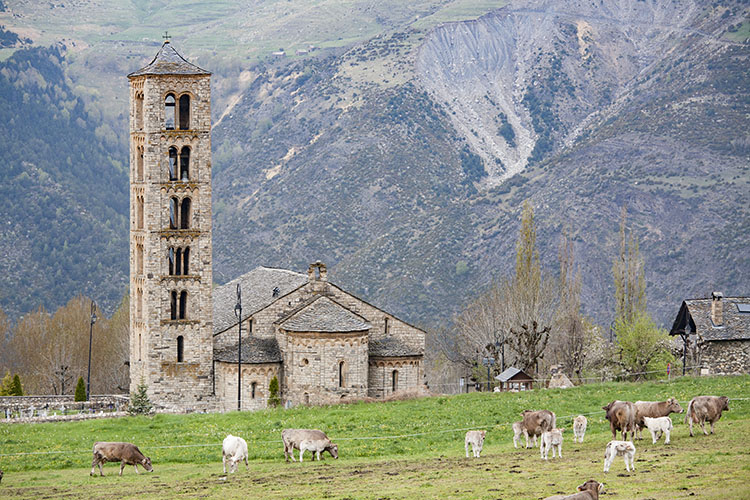

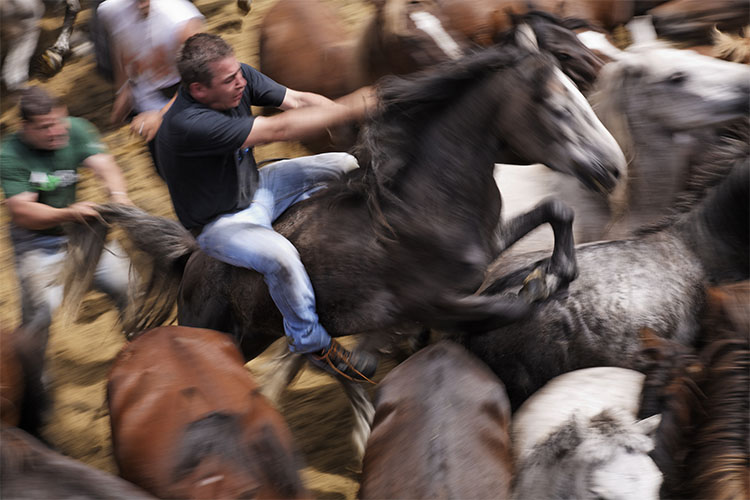

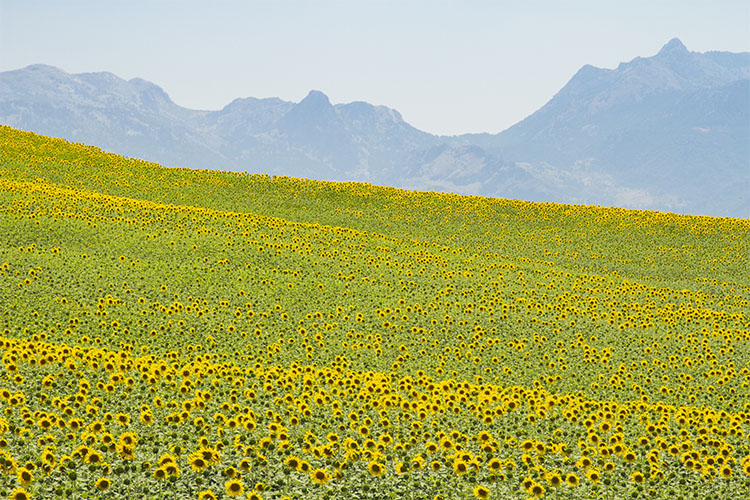
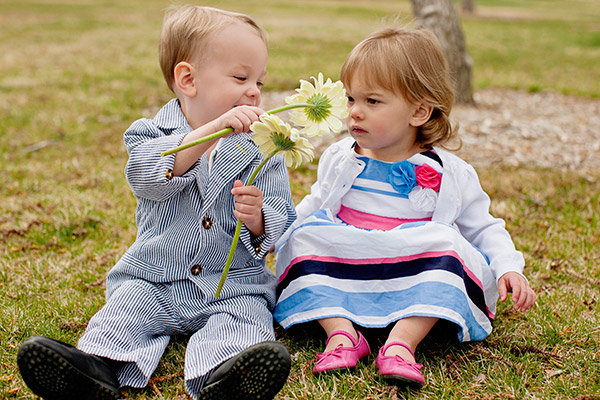
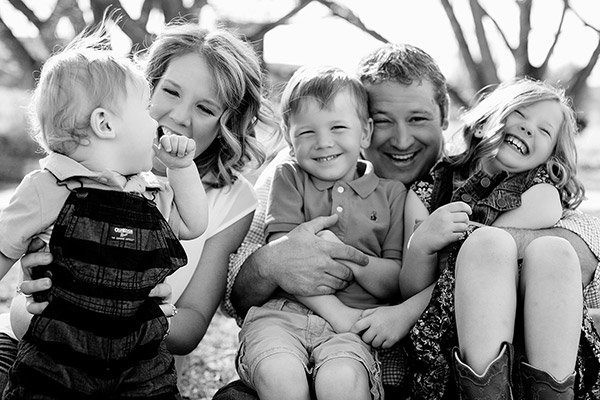
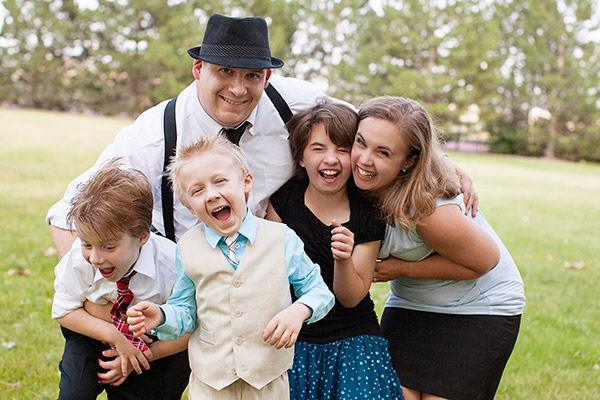
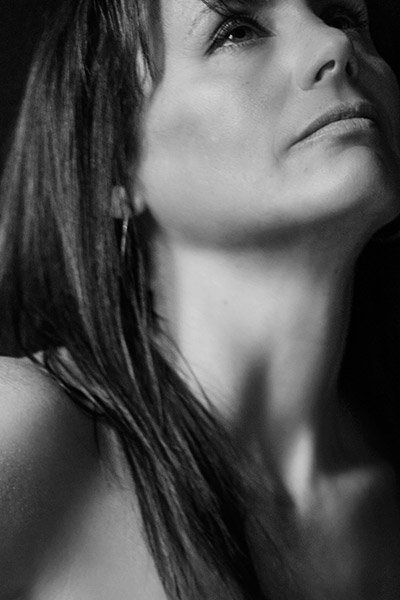
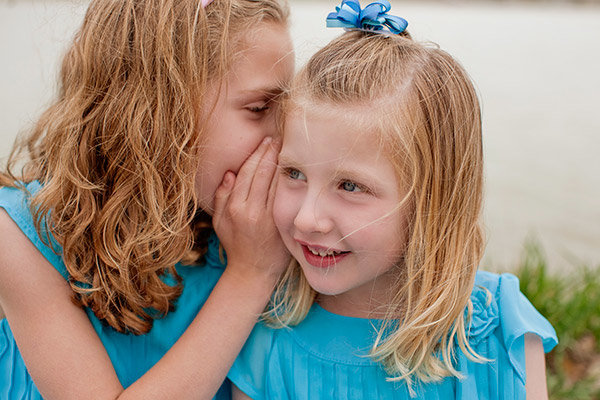

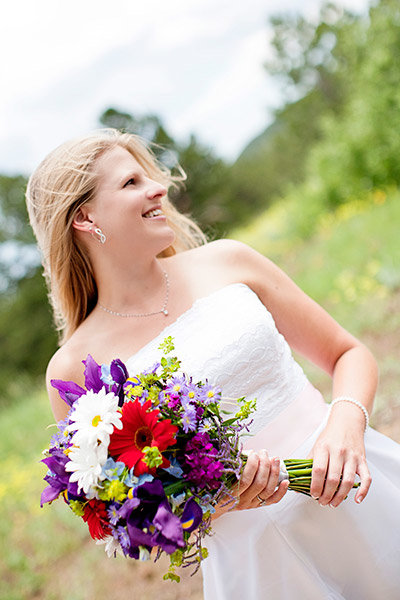
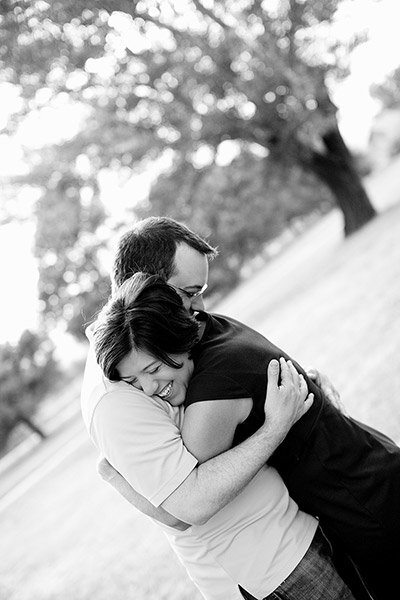
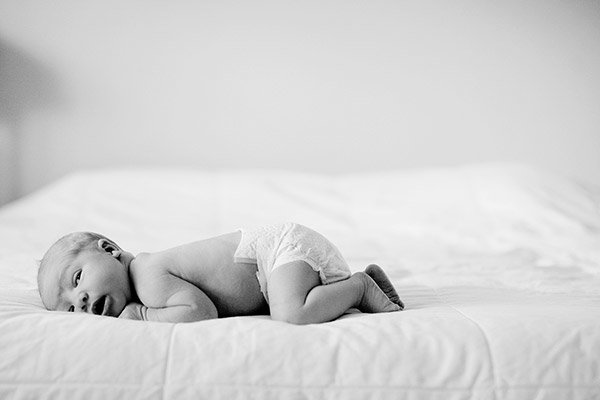


You must be logged in to post a comment.